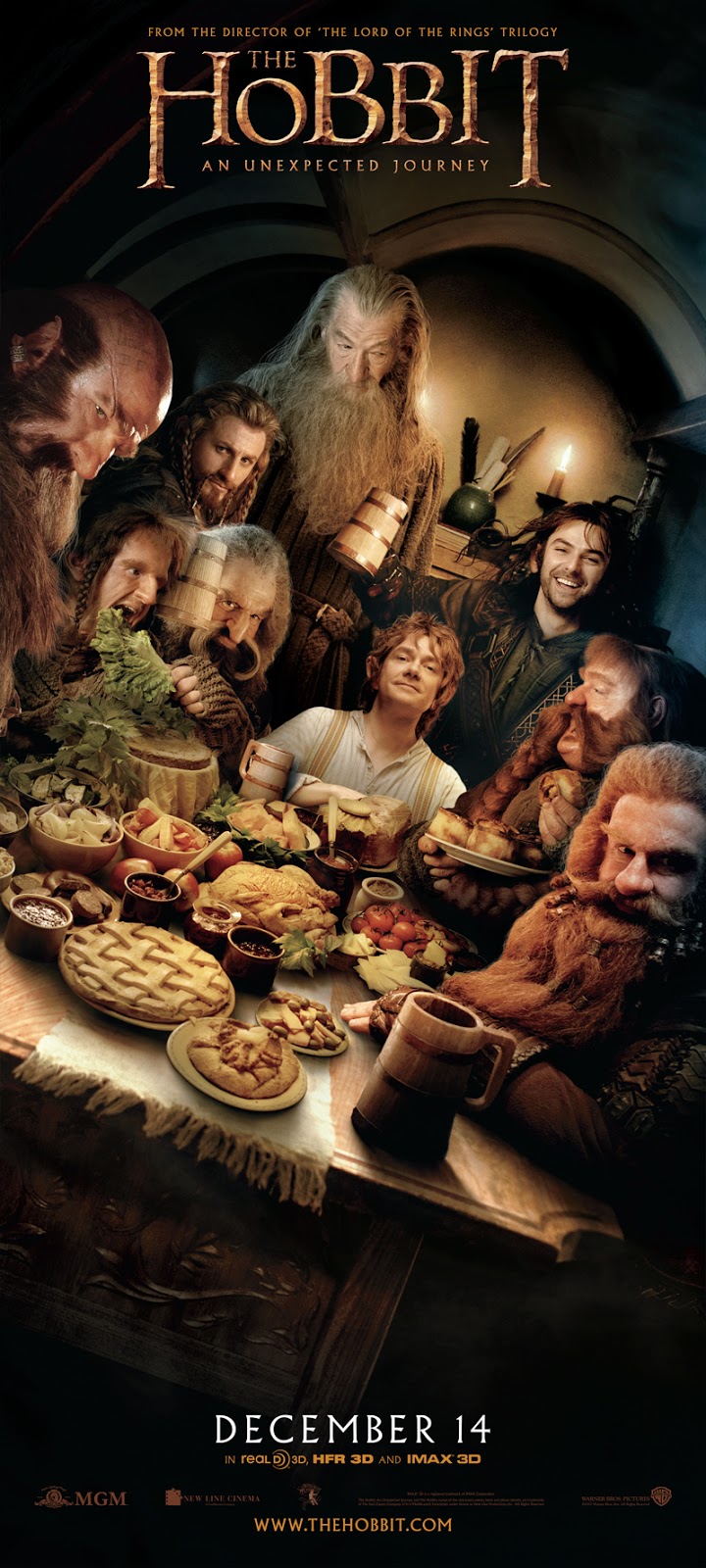 With just a week to go to the Oscars, Deadline talks to Dan Hennah who, along with Ra Vincent and Simon Bright, has been nominated for an Academy Award in production design for his work on The Hobbit: An Unexpected Journey.
With just a week to go to the Oscars, Deadline talks to Dan Hennah who, along with Ra Vincent and Simon Bright, has been nominated for an Academy Award in production design for his work on The Hobbit: An Unexpected Journey.
Dan speaks about creating Bilbo’s home, Bag End, which was one of the few sets in the film that did not require CGI. There were two sets for Bilbo’s parlour. One hobbit-sized for Bilbo and the dwarves and one wizard-sized for Gandalf (Ian McKellen), to make him appear too large for his surroundings. The size difference between Bilbo and the dwarves was simply down to casting, as the actors who played the dwarves were, in the main, taller than Martin Freeman (Bilbo) in real life.
The designers worked on creating a set that was homely and full of things to make Bilbo feel comfortable and safe, as hobbits hate adventure. They created their own fantasy era rooted around 17th century England and used local craftspeople to produce the props.
“We had potters and glass blowers and pipe makers and book binders. New Zealand is a great place for alternative lifestyles, and that often translates into making something that you can sell”, he explains.
As Bilbo is writing his own book, There and Back Again, a calligrapher with quill expertise was called in to create the book pages. He also worked on the contract Bilbo had to sign before accompanying the dwarves on their quest to reclaim Lonely Mountain from the dragon.
And then there’s the fish that Dwalin (Graham McTavish) consumed with relish. The fish had been caught by one of the prop dressers who’d been out that morning trying his luck in the local bay.
“There were probably quite a few real fish, we were cooking them up to use on set“, Dan says.
The Hobbit was shot in 3D using a high-speed 48 frames per second, so the images were very sharp. This extra clarity meant careful attention had to be paid to items in the background or middle ground that would have appeared out of focus in regular 2D. Colours had to be brighter than they appear in the film, as 3D desaturates the colour.
The Academy Awards are on Sunday 24 February. The Hobbit: An Unexpected Journey has been nominated for three awards: production design; makeup and hairstyling; visual effects. Here’s wishing The Hobbit every success.



Pingback: Production Design on The Hobbit | Middle-earth News | The Hobbit (movie)